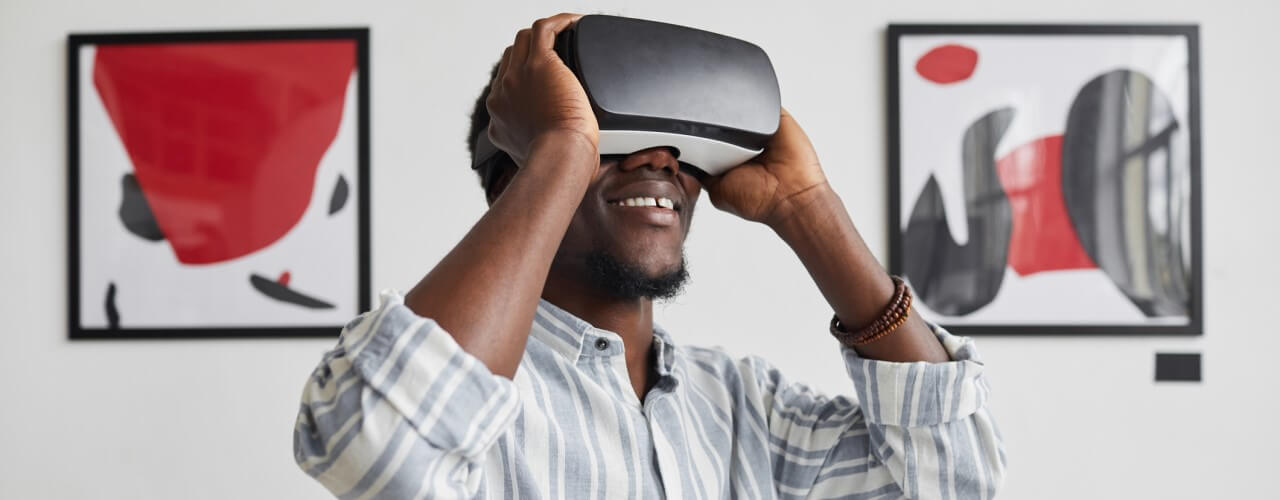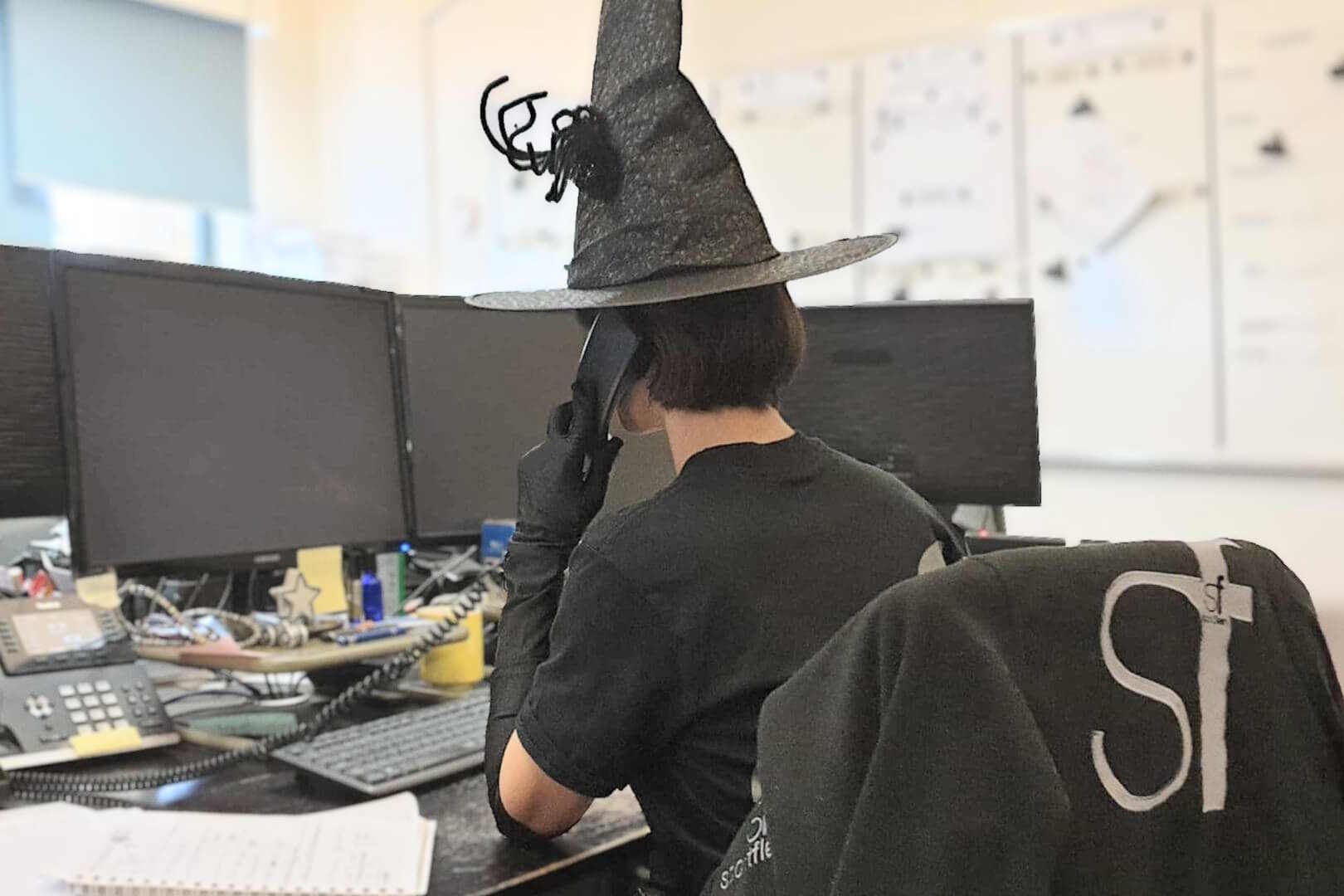Are immersive art experiences considered as Art
Are immersive art experiences considered as Art
Is there a distinction between art and an attraction – and if so, where does the boundary lie? As the number of immersive art experiences garner more and more attention on social media, it’s clear that this kind of approach is one that the public really enjoys. However, does that make it art?
Where did immersive art experiences come from?
They have been around for some time but it’s been in the past decade that we have seen popularity start to spike. The Tate Modern’s Yayoi Kusama retrospective in 2012, for example, included an “Infinity room,” which was made up of multiple mirrors infinitely lit with fairy lights, which proved to be a huge hit with the public. However, what has really made a difference to the growth in the number of immersive art experiences has been the way that social media has impacted them. In 2013, the Museum of Modern Art’s 2013 iteration of artists Hannes Koch and Florian Ortkrass’s “Rain Room” proved just how powerful social media could be when model Karlie Kloss posted about it with the hashtag #rainroom (a photo of her, strategically backlit), causing a frenzy of interest.
No photos
It used to be the case that you’d always see the ubiquitous “no photos” sign in museums and art galleries but the rise of social media – and the power it has to bring people through the doors – has meant most of these have been taken down. So, there is no doubt that immersive experiences are being embraced across the art world but does that make them art?
Interactivity has always been key for art
Opinions will always differ on this but, looking back through art history it’s obvious that interactivity has always played a part in art spaces and their potential for success. Nevertheless, over the years there has been a consistent tendency to initially reject something new as not good enough to be art – and that’s precisely what has happened at times in the conversation around immersive experiences. One example of this is “haunted houses,” another very sensory experience. Many would dismiss projects like these as not art but a number of these installations have actually earned the label of “real art,” including Pedro Reyes’ 2016 political haunted house, produced for Creative Time and the Park Avenue Armory drill hall, which was converted into a walkable Snow White hell in 2013 for Paul McCarthy’s “WS.”
It’s popular but is it art?
Gimmicks always leave a slightly bad taste in the mouth where art is concerned but installations don’t necessarily need to fall into that category. “Immersive” existed even before it was a category – when The Louvre had artists in residence for example, the museum used to allow the public to walk through the halls when the artists were working on canvases draped floor to ceiling. For some, it’s not about a new genre of “real art” but simply an evolution of the work of artists and institutions that have previously lent themselves to large scale works (e.g. Land Artists and The Kitchen).
A small-minded interpretation of immersive experiences might rule them out from being “real art” but that ignores the fact that interactivity has always been crucial to the success of art – and will always be so
Scott Fleary are a leading designer and installer of scenery, set construction, and technical solutions for the creative industry. More information on the various Scott Fleary's services can be found here: https://www.scottfleary.com/services
Still Have Questions?
Our friendly team is here to help you out.

